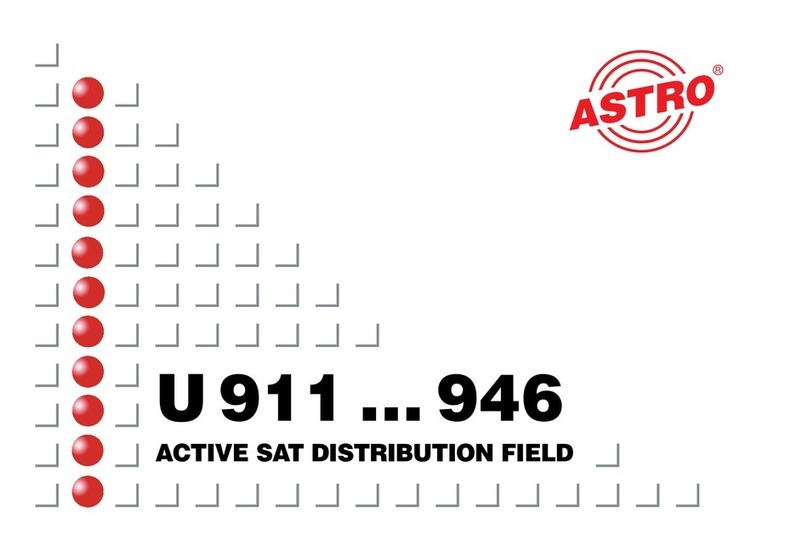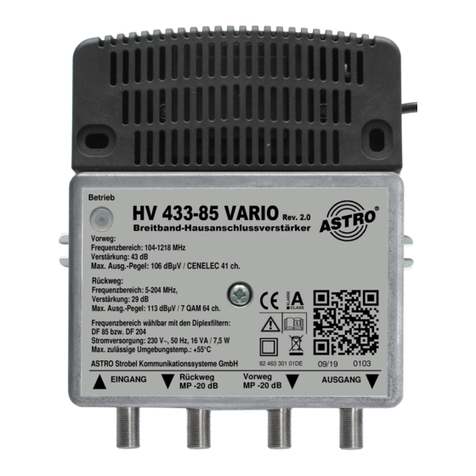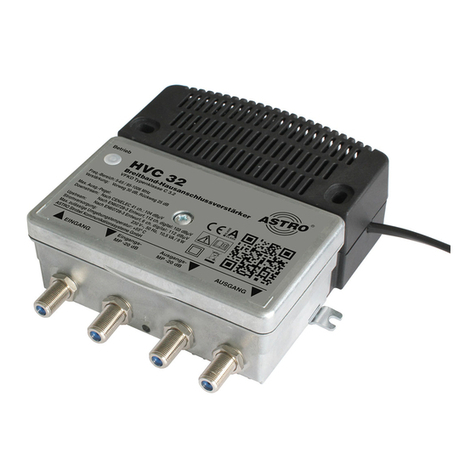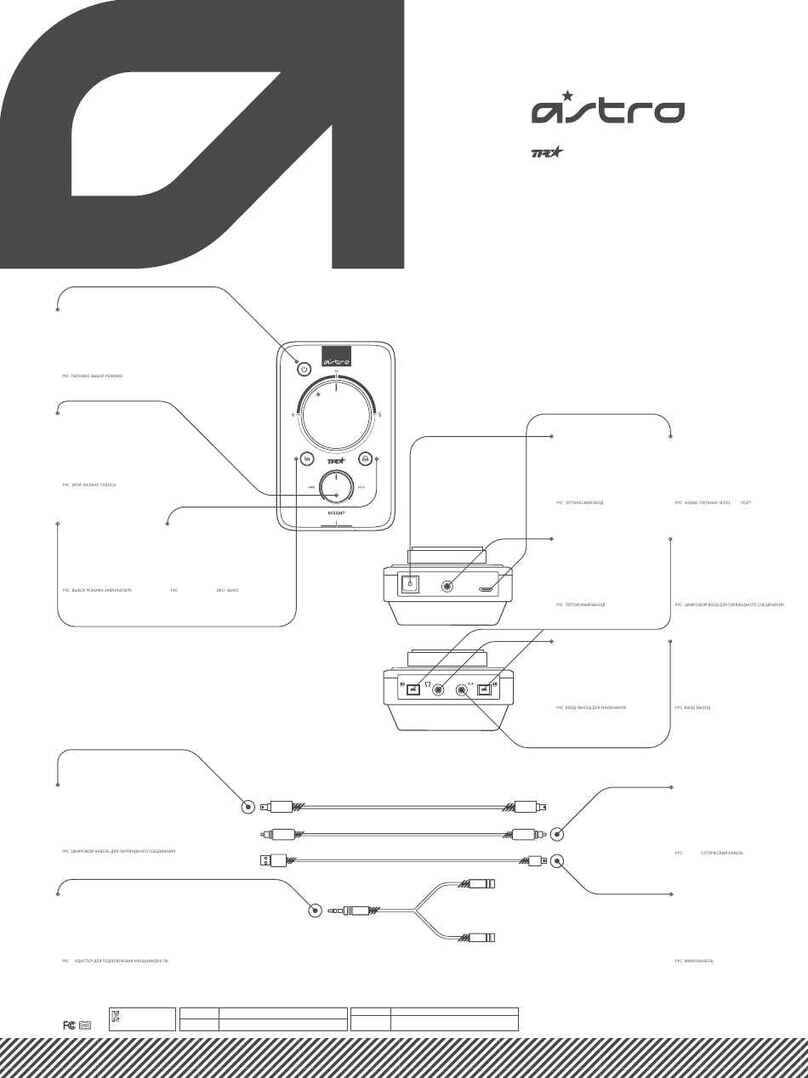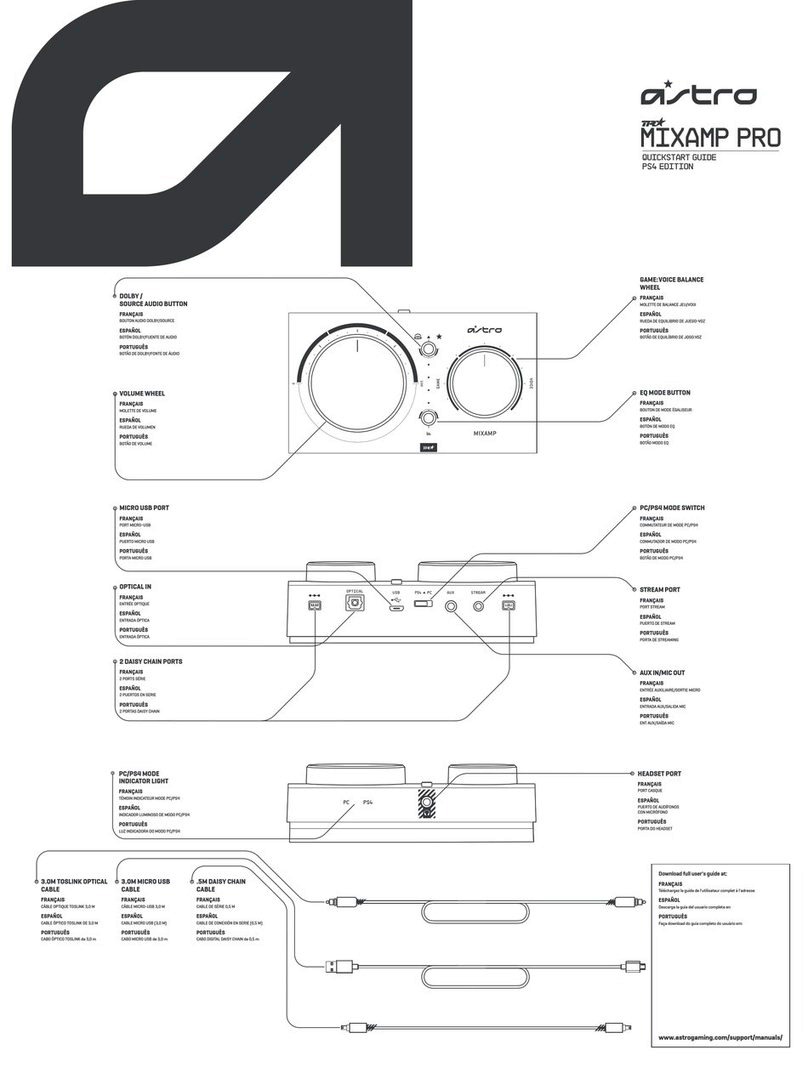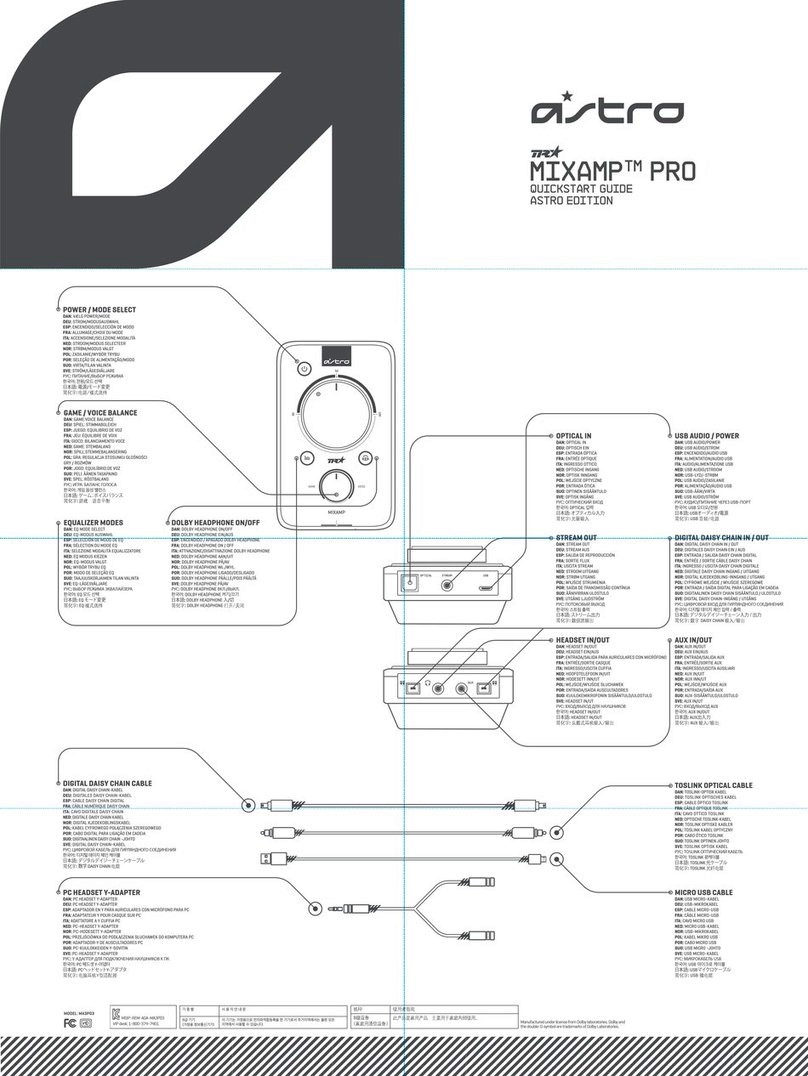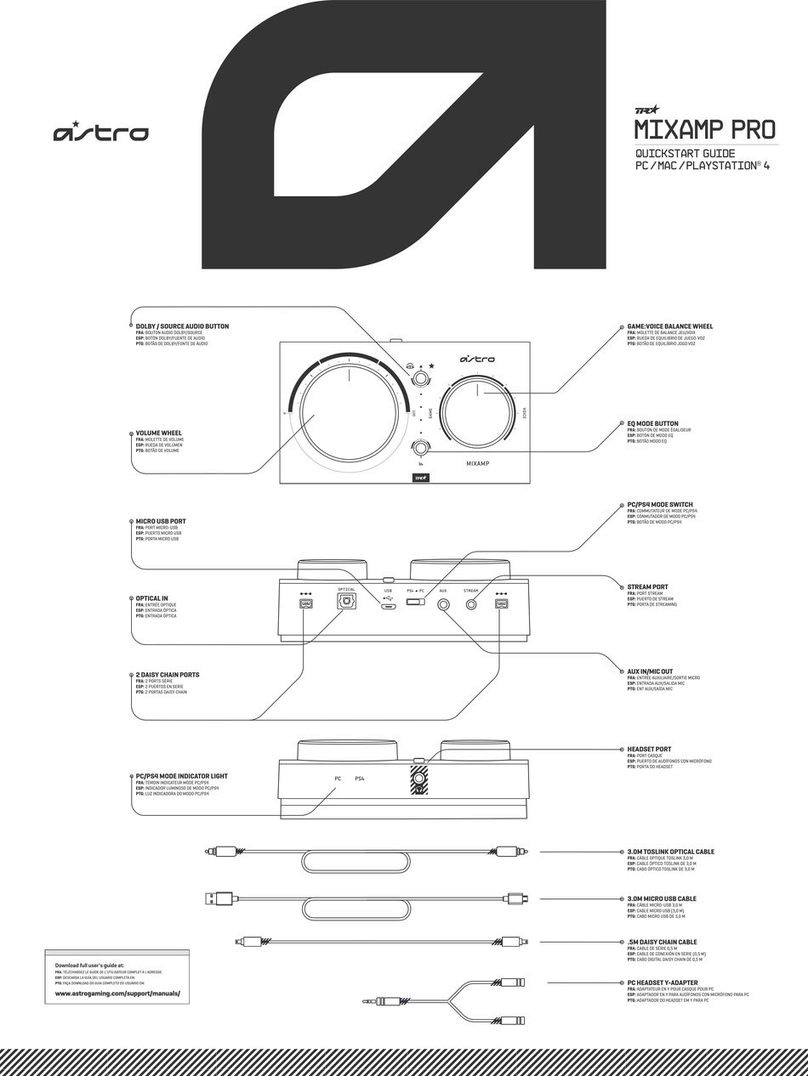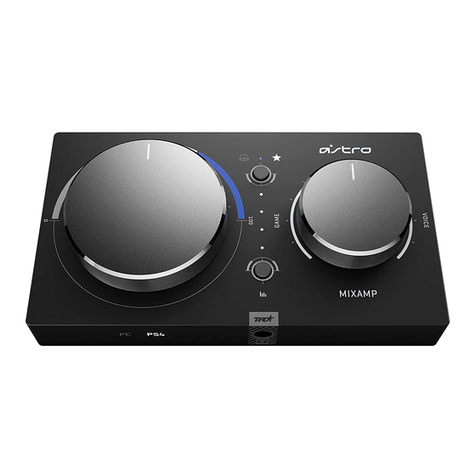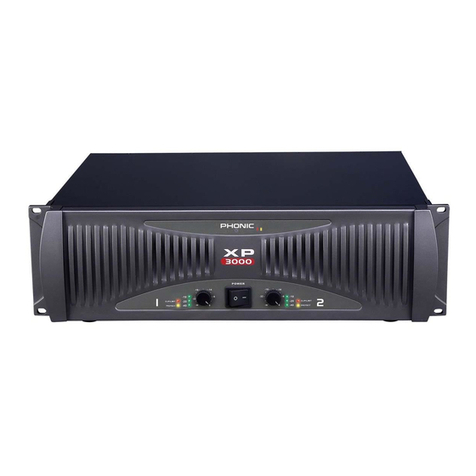
page 9
Important safety information
Operating manual VARIO 561 F, 662 F, 683 F, 684 F -Version 01-2021A
To avoid damage due to overheating, the device may only be
installed on vertical surfaces. The connection for the power
supply unitmustpointto the right.Theinstallationbasisshould
be level and non-flammable. Operating position: Device
vertical, with power supply output on the right.
The permitted ambient temperatures specified in the technical
data must be complied with. If the device overheats, the insu-
lation used to insulate the mains voltage may be damaged.
The device and its cable may only be operated away from
radiant heat and other sources of heat.
To avoid trapped heat, ensure there is good ventilation on all
sides (minimum interval of 20 cm to other objects). Installing
the device in recesses or covering the installation location, for
example using curtains, is not permitted. Ventilation openings
must not be covered.
If the device is installed in a cabinet, ensure adequate air
convection is possible to avoid exceeding the maximum
permitted ambient temperature.
No objects may be placed on the device.
The subscriber network must be earthed in accordance with
EN 60728-11 and must remain earthed even when the device
isremoved.Inaddition,theearthconnectiononthedevicecan
be used. Devices within hand’s reach must also be integrated
into the potential
equalisation. Operating the device without an earth conductor,
without earthing the device or without equipotential bonding of
the device is not permitted.
The device does not feature protection against water and may
therefore only be operated and connected in dry rooms. The
device must not be exposed to spraying water, dripping water,
condensation or similar sources of moisture.
The electrical system supplying current to the device, such as
a building installation, must incorporate protective devices
against excessive currents, earth faults and short-circuits in
accordance with EN 62368-1.
Caution! Hot surface: Housing components near the cooling
fins at the rear or the cooling fins themselves may become
very hot. Do not touch these parts.
The power supply plug is used to disconnect the device from
the mains voltage for servicing and in the event of danger and
must therefore be accessible and in good working condition at
all times. The device is operational when connected to the
mains voltage.
